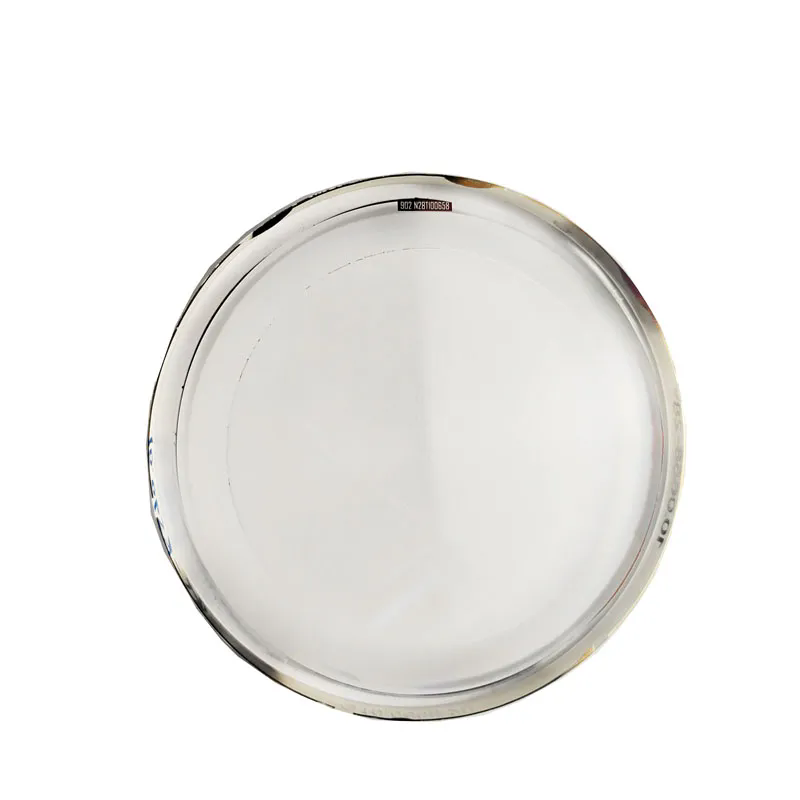Process of Creating Computer Generated Holograms
2024-07-31
Computer-generated holograms (CGHs) are digital holograms created using computational methods. Unlike traditional holography, which involves physical recording of light patterns, CGHs leverage algorithms and computer graphics to simulate the interference patterns of light waves, which can then be used to reconstruct 3D images. Here are the key aspects of computer-generated holograms:
Principles of Computer-Generated Holography
1. Wavefront Simulation
- Light Wave Representation: Light waves are represented mathematically, typically using complex numbers to describe both amplitude and phase.
- Interference Patterns: Simulating the interference patterns that would occur if real light waves interacted, creating a hologram.
2. Fourier Transforms
- Mathematical Tool: Fourier transforms are used to switch between spatial domain (object space) and frequency domain (hologram space), simplifying the calculation of interference patterns.
- Inverse Fourier Transform: Used to reconstruct the hologram from the frequency domain back to the spatial domain.
3. Sampling and Quantization
- Digital Representation: The continuous wavefronts and interference patterns are sampled and quantized to create a digital hologram.
- Resolution: The resolution of the CGH depends on the sampling rate and quantization levels, affecting the fidelity of the reconstructed image.
Process of Creating CGHs
1. Modeling the Object
- 3D Object Modeling: Create a digital 3D model of the object to be holographed using CAD software or 3D scanning.
- Surface Representation: Represent the object's surface using polygons, voxels, or point clouds.
2. Calculating the Hologram
- Wavefront Calculation: Compute the wavefront that would be emitted by the 3D object, taking into account its shape, texture, and reflectivity.
- Interference Pattern Simulation: Simulate the interference pattern created by the wavefronts using algorithms like the Fourier transform or the Rayleigh-Sommerfeld diffraction integral.
3. Encoding the Hologram
- Digital Encoding: Encode the calculated interference pattern into a digital format, typically as a phase or amplitude map.
- Hologram Types: The hologram can be amplitude-only, phase-only, or a combination of both, depending on the reconstruction method.
Display and Reconstruction
1. Optical Reconstruction
- Laser Illumination: Use a coherent light source (laser) to illuminate the CGH, reconstructing the 3D image through diffraction.
- Spatial Light Modulator (SLM): A device that modulates light according to the CGH pattern, used for dynamic hologram display.
2. Digital Reconstruction
- Numerical Methods: Simulate the propagation of light through the CGH using computational methods, displaying the reconstructed image on a screen.
- Augmented Reality (AR): Integrate CGH with AR systems for immersive 3D visualization.
Applications
1. Imaging and Microscopy
- Biomedical Imaging: High-resolution imaging for medical diagnostics and research.
- Digital Holographic Microscopy (DHM): Allows for non-invasive 3D imaging of microscopic samples.
2. Data Storage
- Holographic Data Storage: High-density data storage method using 3D holographic techniques to store data within a medium.
3. Display Technology
- Holographic Displays: Creating 3D displays for entertainment, education, and advertising.
- Virtual Reality (VR) and Augmented Reality (AR): Enhancing immersive experiences with realistic 3D visuals.
4. Optical Elements
- Diffractive Optical Elements (DOEs): Designing lenses, mirrors, and other optical components with specific diffraction properties for various applications.
Advantages and Challenges
Advantages:
- High Resolution: Capable of producing high-resolution 3D images.
- Versatility: Applicable in various fields from medical imaging to entertainment.
- Non-Invasive: Allows for non-contact measurement and imaging.
Challenges:
- Computational Intensity: Requires significant computational resources for simulation and reconstruction.
- Complexity: Designing and optimizing CGHs can be complex and time-consuming.
- Display Limitations: Current display technologies may not fully exploit the potential of CGHs due to resolution and brightness constraints.
Summary
Computer-generated holograms represent a fusion of optics and digital computation, enabling the creation and manipulation of 3D images with high precision. Their applications span across medical imaging, data storage, display technologies, and beyond, offering innovative solutions for visualization and information processing. Understanding the principles and processes involved in CGH can lead to advancements in various technological fields.



